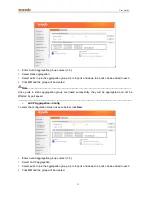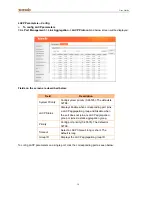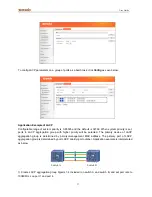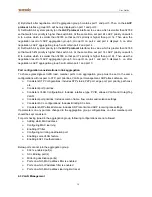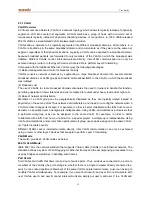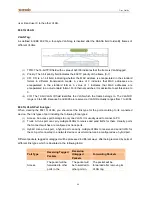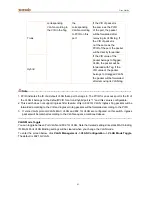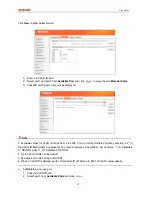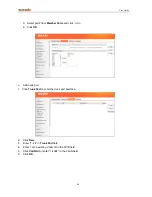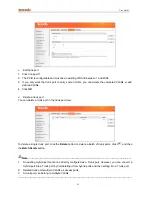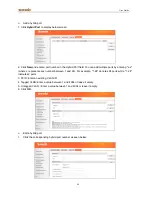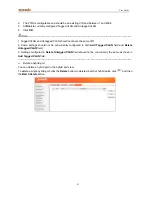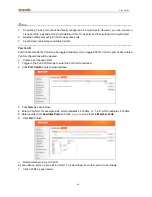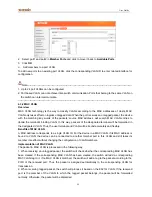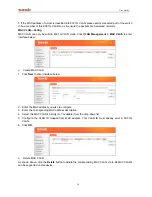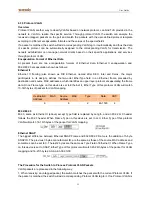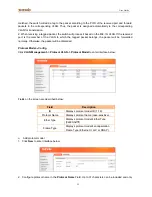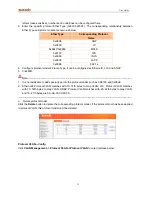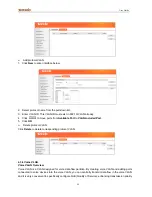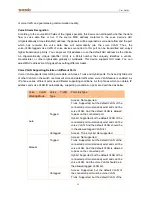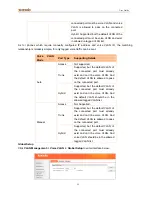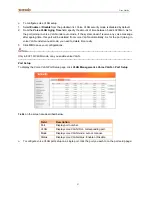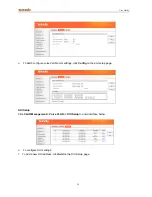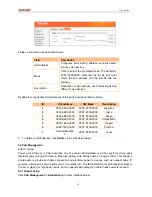
User Guide
49
2. Select port1 and port2 in
Member Ports
and click to move it back to
Available Ports
.
3. Click
OK
.
Add members to a port VLAN
To add new ports to an existing port VLAN, click the corresponding VLAN ID to enter related interface for
configuration.
Note--------------------------------------------------------------------------------------------------------------------------------
1. Up to 24 port VLANs can be configured.
2. Port based VLAN can not achieve inter-switch communication. Ports that belong to the same VLAN on
the switch can intercommunicate.
-------------------------------------------------------------------------------------------------------------------------------------------
4.3.2 MAC VLAN
Overview
MAC VLAN technology is the way to classify VLANs according to the MAC addresses of Hosts. MAC
VLAN only takes effect on ingress untagged data. When the port receives an untagged packet, the device,
with the matching key words of the packets’ source MAC address, will search MAC VLAN entries to
obtain the terminal’s binding VLAN. In this way, packets of the designated terminal will be forwarded in
the designated VLAN. Thus, the user terminal and VLAN will be bound accurately and flexibly.
Benefits of MAC VLAN
A MAC address corresponds to a single VLAN ID. For the device in a MAC VLAN, if its MAC address is
bound to VLAN, the device can be connected to another member port in this VLAN and still takes its
member role effect without changing the configuration of VLAN members.
Implementation of MAC VLAN
The packet in MAC VLAN is processed in the following way:
1. When receiving an untagged packet, the switch will check whether the corresponding MAC VLAN has
been created. If the corresponding MAC VLAN has been created, the switch will add a corresponding
MAC VLAN tag to it. If no MAC VLAN is matched, the switch will add a tag to the packet according to the
PVID of the received port. Thus, the packet is assigned automatically to the corresponding VLAN for
transmission.
2. When receiving tagged packet, the switch will process it based on the 802.1Q VLAN. If the received
port is the member of the VLAN to which the tagged packet belongs, the packet will be forwarded
normally. Otherwise, the packet will be discarded.

